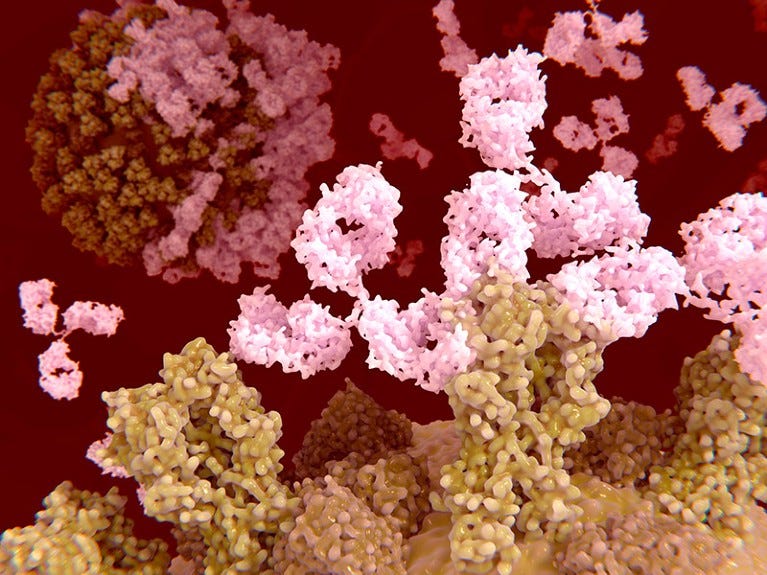AI is Poised to Revolutionize Antibody Design
AI empowered biomedicine: a case study of antibodies
Subscribe to Genomely for the latest discoveries and in-depth analyses in your inbox.
Thank you to our subscribers for your continued support and passion for science!
The fusion of biotechnology and artificial intelligence (AI) has revolutionized the biosciences and shows immense potential for the design and development of therapeutic antibodies. A recent groundbreaking study, shared as a preprint on bioRxiv, has spotlighted the potential of generative AI to innovate the process of creating novel antibodies, signaling a significant shift in how these vital components of modern medicine might be produced in the future.

Antibodies, the guardians of our immune system, have traditionally been developed through labor-intensive processes that often involve immunizing animals or screening extensive molecular libraries. These methods, while effective, come with high costs and considerable time requirements. However, AI tools promise a paradigm shift, aiming to streamline and democratize the antibody design process.
In this study, researchers from the University of Washington, including computational biochemist Nathaniel Bennett and a team led by computational biophysicist David Baker and computational biochemist Joseph Watson, have harnessed an AI tool known as RFdiffusion. This tool, a beacon in the protein design landscape, has been fine-tuned to generate antibody designs by learning from thousands of existing structures of antibodies and their targets.
The real innovation here lies in the ability of RFdiffusion to navigate the complex architecture of antibodies, particularly their characteristic floppy loops, which are crucial for recognizing and latching onto specific disease-related proteins. This has traditionally been a significant hurdle in AI-based protein modeling. By overcoming this, the team has been able to design antibodies targeting various bacterial and viral proteins, including those instrumental in the infection mechanisms of viruses like SARS-CoV-2 and influenza, as well as targets related to cancer.
While the journey from design to clinical application is long and the current success rate for functional antibody designs is modest (about one in 100), the proof-of-principle established by this research provides hope for novel therapies. It signifies not just a technical achievement, but a conceptual leap in how we approach drug discovery. The successful designs, though not yet potent enough for therapeutic use and still far from clinical trials, represent a crucial first step towards an era where designing an antibody could be as simple as pressing a button.




